Building Robust Data Pipelines: 9 Fundamentals and Best Practices to Follow
Alation
MAY 16, 2023
But with the sheer amount of data continually increasing, how can a business make sense of it? Robust data pipelines. What is a Data Pipeline? A data pipeline is a series of processing steps that move data from its source to its destination. The answer?

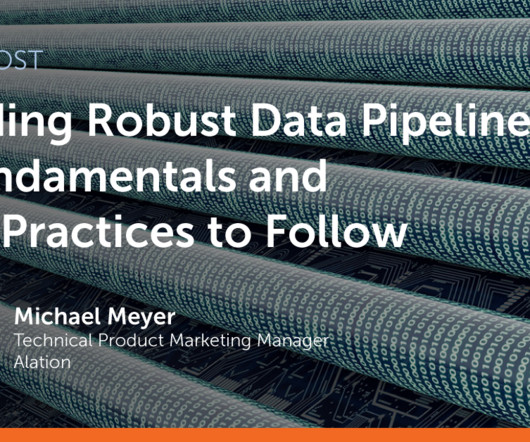

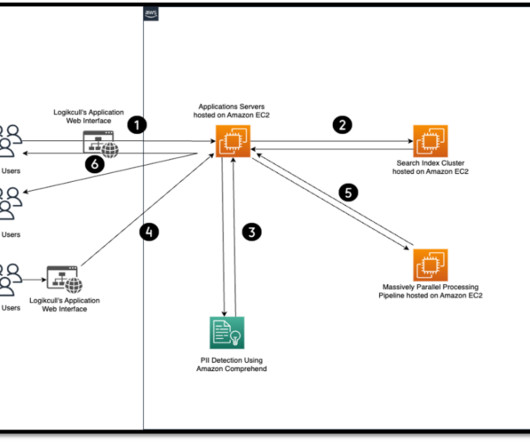
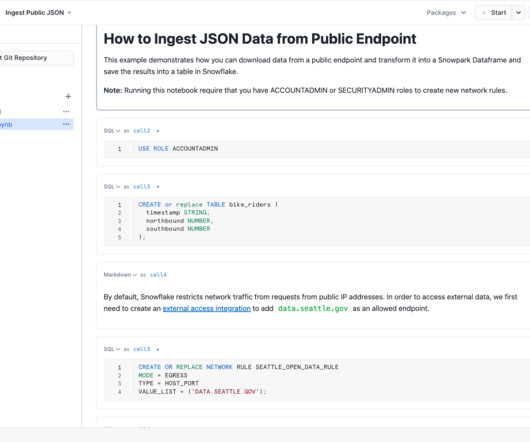
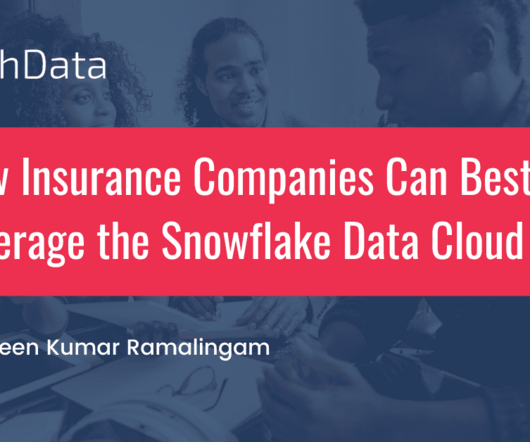
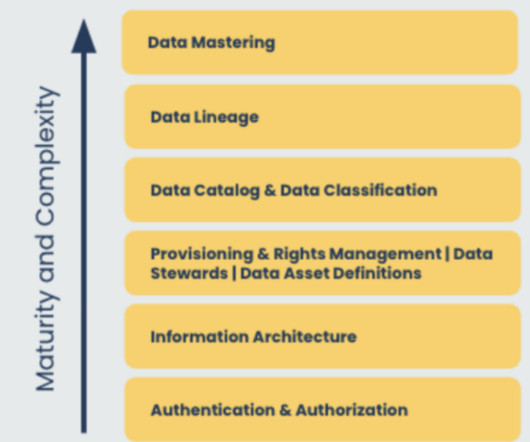
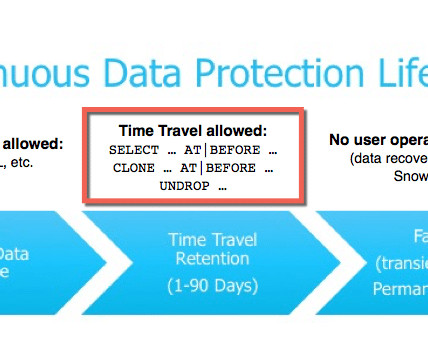

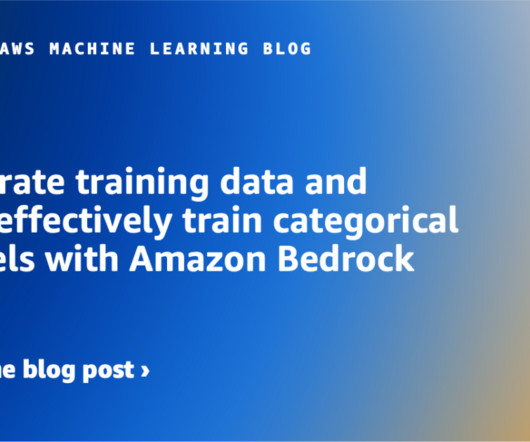






Let's personalize your content